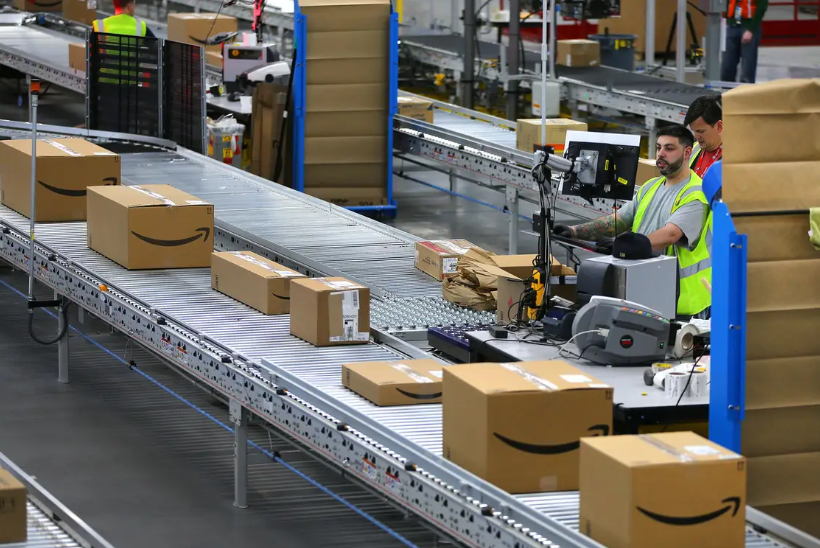
Understanding Amazon PPC
Amazon Pay-Per-Click (PPC) advertising is essential for driving traffic to your product listings and boosting sales on the Amazon platform. By bidding on keywords relevant to your products, you can ensure that your advertisements appear when potential customers search for items like yours. The basic premise of PPC is simple: you only pay when someone clicks on your ad. This model lets you control advertising costs while targeting the most relevant customers. However, to truly succeed with Amazon PPC, it’s essential to understand the platform’s intricacies and employ strategic planning and continuous optimization.
Setting Up Your Campaign
Creating a successful Amazon PPC campaign begins with setting clear objectives. What do you hope to achieve with your ads? Your goals range from increasing brand visibility and driving traffic to your listings to boosting sales and improving your organic search rankings. Once you’ve identified your objectives, it’s time to choose the right campaign type. Amazon offers three main types of PPC campaigns: Sponsored Products, Sponsored Brands, and Sponsored Display. Each serves a different purpose and comes with unique advantages.
Sponsored Products campaigns are ideal for promoting individual product listings. They appear in search results and product detail pages, making them highly visible to shoppers looking for items like yours. Sponsored Brands campaigns, however, allow you to promote your brand and a selection of products. These ads typically appear at the top of search results and feature your logo, a custom headline, and multiple products. Sponsored Display campaigns enable you to reach shoppers on and off Amazon by displaying ads on various websites, apps, and devices.
Keyword Research and Selection
One of the most critical components of Amazon PPC success is effective keyword research and selection. Keywords are the foundation of your campaigns, determining when and where your ads will appear. Begin by brainstorming a list of potential keywords relevant to your product. Consider the terms and phrases your target customers might use when searching for items like yours. You can expand your list using tools like Amazon’s search bar autocomplete and competitor analysis.
When selecting keywords, it’s essential to balance broad and specific terms. Broad keywords have high search volumes and can drive significant traffic, but they also come with higher competition and costs. While having lower search volumes, specific, long-tail keywords can be more cost-effective and targeted. For example, instead of bidding on the broad keyword “running shoes,” you might consider a more specific term like “men’s trail running shoes.”
Crafting Compelling Ad Copy
Your ad copy is crucial in attracting clicks and converting shoppers into buyers. It’s essential to create compelling, informative, and engaging ad copy that clearly communicates your product’s benefits and unique selling points. Start with a strong headline that captures attention and includes your primary keyword. Follow up with a concise description highlighting your product’s key features and benefits. Use persuasive language to emphasize what distinguishes your product from competitors and why shoppers should choose it.
In addition to your ad copy, high-quality images are essential for creating effective Amazon PPC ads. Use professional, high-resolution images that showcase your product from multiple angles and in various contexts. Clear, detailed images can significantly enhance the appeal of your ad and help shoppers make informed purchasing decisions.
Monitoring and Optimization
Running a successful Amazon PPC campaign requires ongoing monitoring and optimization. Regularly review your campaign performance data to identify trends, measure the effectiveness of your keywords, and assess your return on investment (ROI). Key metrics to track include click-through rate (CTR), conversion rate, cost-per-click (CPC), and advertising cost of sales (ACoS).
Based on your performance data, make data-driven adjustments to your campaigns. This might involve pausing underperforming keywords, adjusting bids, or refining your ad copy. Experiment with different keywords, ad placements, and targeting options to see what works best for your products and audience. Continual optimization is essential for maximizing the effectiveness of your PPC campaigns and achieving long-term success on Amazon.
Scaling Your PPC Efforts
Once you’ve established a successful Amazon PPC campaign, consider scaling your efforts to drive even greater results. Scaling involves increasing your budget, expanding your keyword list, and exploring new campaign types. However, it’s essential to scale strategically to avoid overspending and diminishing returns.
As you scale, continue to monitor your performance closely and make necessary adjustments. Ensure that your increased budget is allocated effectively and that your campaigns remain aligned with your overall business objectives. By scaling strategically, you can amplify the impact of your PPC efforts and drive sustained growth for your Amazon FBA business.
Conclusion
Mastering Amazon PPC is a multifaceted process that requires strategic planning, effective keyword research, compelling ad copy, and ongoing optimization. By understanding the platform’s intricacies and employing advanced tactics, you can drive targeted traffic to your product listings, boost sales, and achieve long-term success on Amazon. Remember, the key to Amazon PPC success lies in continuous learning, experimentation, and adaptation. Keep refining your strategies, stay up-to-date with industry trends, and remain agile in your approach to stay ahead of the competition.









